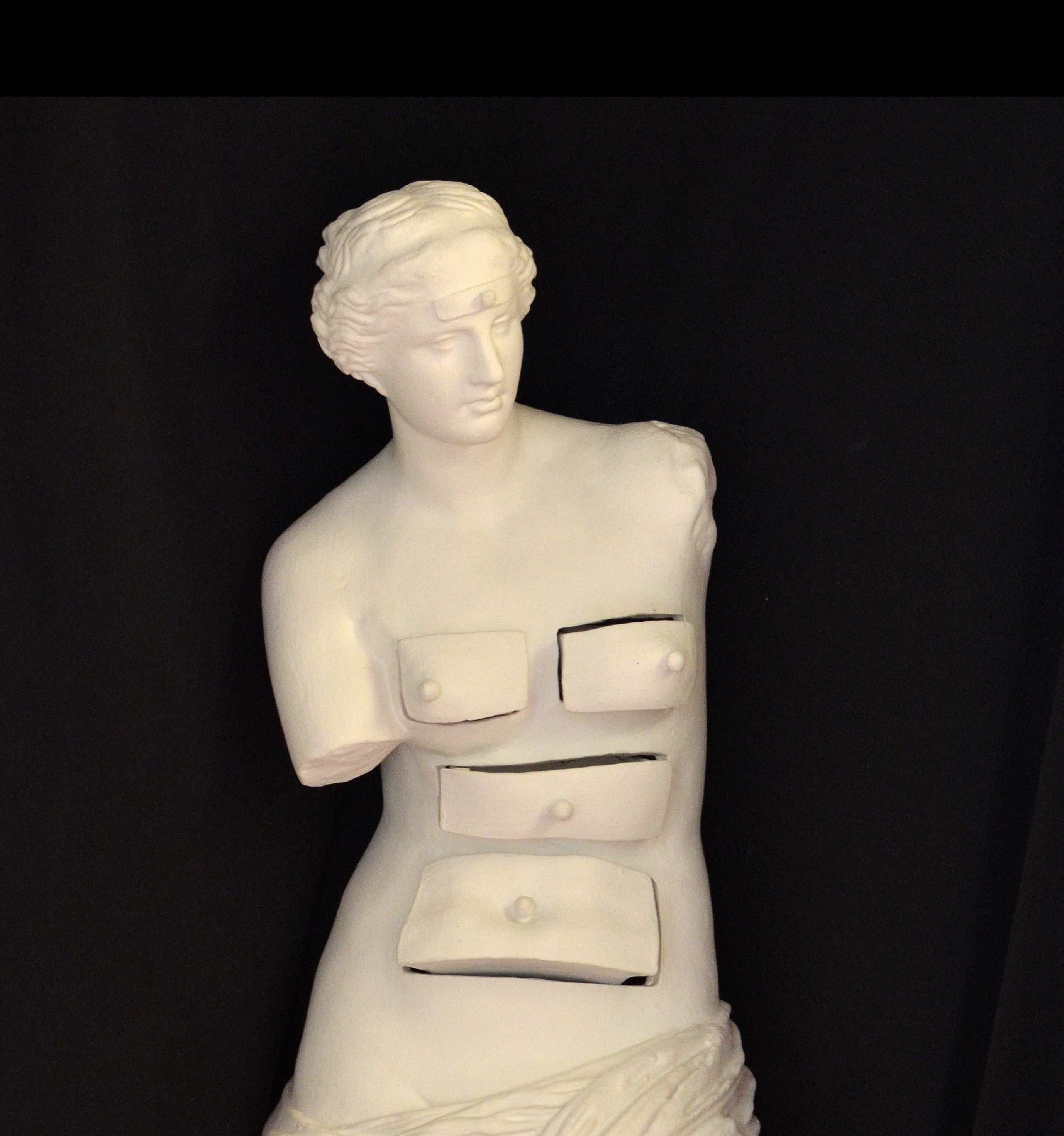Salvafdor Dalí exhibition in Japan
Tokyo, 13th September 2016. The Fundació Gala-Salvador Dalí is pleased to announce that the temporary exhibition which was seen in Kyoto (Japan), from 1st July until 4th September celebrated today its official opening at the National Art Centre in Tokyo. It will be on show until next 12th December. This project became true thanks to the enthusiasm of Yomiuri Shimbun who takes part in the project as organiser, with the coordination and artistic assessment of the Fundació Gala-Salvador Dalí. It's curated by Mrs. Montse Aguer (Director of the Dalí Museums at the Fundació Gala-Salvador Dalí), and Mr. Yusuke Minami (Deputy Director and chief Curator of The National Art Center, Tokyo).
The opening ceremony was honoured with the presence of Her Imperial Highness Princess Hisako of Takamado.
The Dalí Foundation has been represented by its Executive Director, Mr. Joan Manuel Sevillano and Patron Mr. Jordi Mercader, the Dalí Museum in Florida by its Director, Mr. Hank Hine, and the Museo Reina Sofía by its Patron Mrs. María Bolaños.
The exhibition Salvador Dalí
The Dalí Foundation has brought Dalí artworks to Japan three times before (years 1999, 2006 and 2007), but this is the first time that a big retrospective on Salvador Dalí is held there with the three biggest collections in the world: the Dalí Foundation in Figueres (Catalonia, Spain), the Reina Sofía Museum in Madrid (Spain) and the Dalí Museum in Saint Petersburg (Florida, USA). Moreover, it doesn't only count on these museums. What makes this exhibition even more exceptional is the fact that it incorporates collections from Japanese museums. It offers the Japanese audience a large show completed with a rich catalogue that allows people explore Dalí's career in a thorough way.
The exhibition runs from the early ages until the last works he painted, in 1983. It consists of more than 250 works: 57 paintings coming from the 3 collections mentioned above, plus 14 paintings from 8 Japanese museums, which must be added to 41 drawings, 80 pieces of Graphic Work and 60 documents. A number of documents (books, leaflets, photographs) complement this Tokyo venue. Some of them come from the Dalí Foundation's archives, some others are borrowed from Japanese libraries.
Dalí was born in 1904 and started his training as a painter very young. It was a time when family, friends, himself and the surrounding landscapes were crucial. In 1922, he left Figueres, his birth town, and moved to Madrid. He began there his higher education. By that time, his knowledge on art was remarkable. He had already received art classes and he was aware of the current artistic changes. Dalí was in constant experimentation if we take into account the classes he took, the readings he did and the visits he paid to galleries and museums. Based on his vast knowledge on the current artistic movements, Dalí created his own particular style, which led him to Surrealism.
In 1929 he met Gala, who became his companion and muse until she died in 1982. Gala is the main subject of one of the exhibition sections. It begins with a fantastic portrait of the Surrealist period, the Geodesical portrait of Gala, 1936, that belongs to Yokohama Museum of Art. From the artistic point of view, 1929 represents his engagement in the Surrealist movement. Together with Luis Buñuel, he wrote scripts for two important films, which became a milestone to this movement: Un chien andalou and L'Âge d'or, 1930 (both films can be seen at the exhibition). It's the year when his first solo exhibition took place in Paris.
During the Surrealist period, Dalí visited the USA in several occasions but it was at the end of Second World War when the artist and his wife moved to the States for the longest period: 1940-1948. Dalí was popular in America because he had been exhibiting there since 1934. And also because his portrait was the cover of Time magazine in 1936.
During his uninterrupted stay in America, Dalí also wrote two of his most important books: his autobiography, The Secret Life of Salvador Dalí, 1942, and 50 secrets of Magic Craftsmanship, 1948. Dali's American exile was not only a change of scenery; it also meant a transformation of his artistic conception. Classicism becomes more and more important. Science around the nuclear physics will now be the main subject of his work. The explosion of the atomic bomb caused a great impact on him and rouse an interest that made him start the so-called mystical and nuclear phase. It combines his knowledge on physics (atomic and nuclear processes) with religion and mysticism.
In the exhibition, we see how Dalí engages himself in other artistic fields such as cinema, theatre or dance. He wrote scripts for films and also collaborated with Alfred Hitchcock's Spellbound or with Walt Disney's Destino.
The last part of the exhibition shows works from the 60s until the 80s. At that moment, Dalí's interest focused on large canvases and historical themes. He was working on his museum in Figueres. He was also rethinking the classical Masters like Michelangelo, Leonardo, Raphael and also Velázquez.
We believe this one to be the most complete exhibition ever seen in Japan. We hope that Japanese visitors will not only enjoy it but also learn more about Salvador Dalí, one of the most relevant artists in Western Art History.










